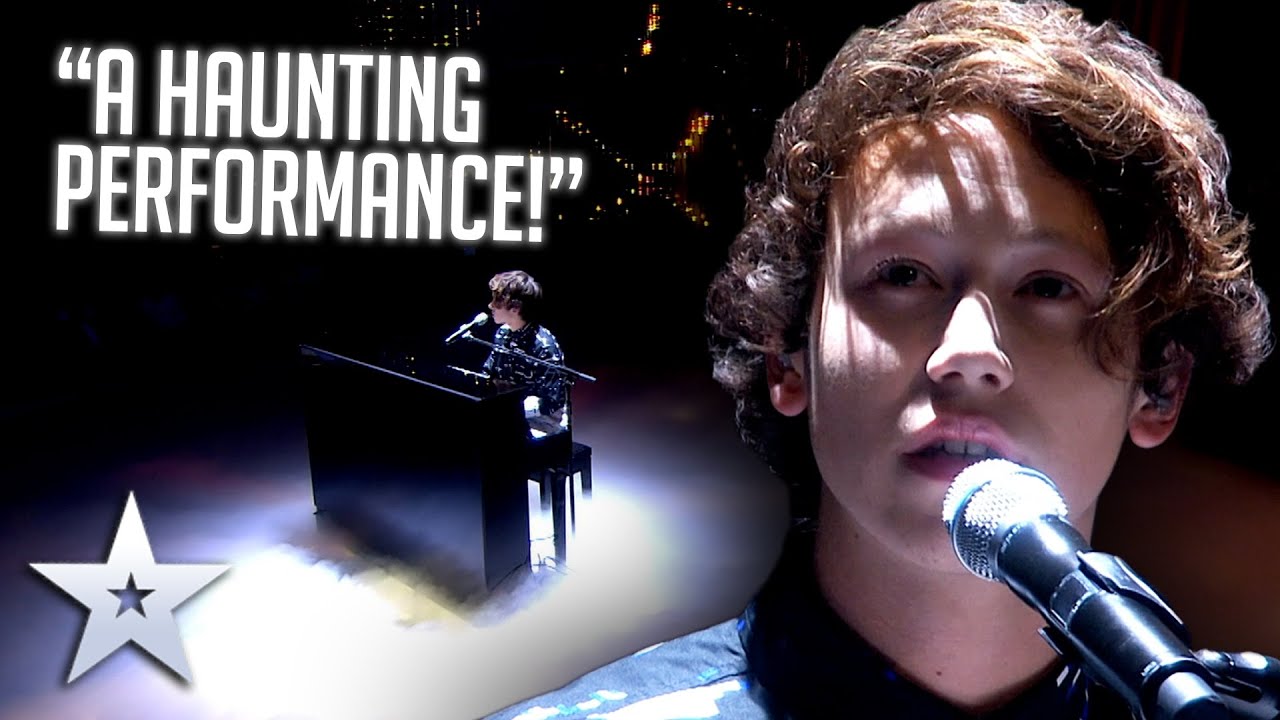She’s Always a Woman – Billy Joel (Lyrics)
“She’s Always a Woman” by Billy Joel is one of his most emotionally complex and lyrically rich songs, first released in 1977 on the album The Stranger. Unlike some of his more upbeat or narrative-driven works, this song is intimate and ambiguous, portraying a woman who defies simple categorization. It’s written as a ballad, with a gentle melody led by piano and a tender vocal delivery that contrasts sharply with the sharpness of the lyrics. This duality—soft sound with biting truth—gives the song much of its power and enduring intrigue.
Lyrically, Joel describes a woman who is both loving and ruthless, graceful yet manipulative. Lines such as “She can kill with a smile, she can wound with her eyes” and “She hides like a child, but she’s always a woman to me” reveal a portrait of someone who embodies contradictions. She is capable of cruelty and tenderness in equal measure. The song doesn’t condemn her, though—it accepts her complexity. Joel sings with admiration and even reverence, suggesting that her flaws are part of her wholeness.
The song was inspired by Joel’s then-wife and manager, Elizabeth Weber. She was known for her shrewd business sense and assertive personality—traits that were often misunderstood or criticized by others in the music industry at the time. Joel’s lyrics can thus be seen as a defense of her strength and independence, showing that she could be tough in negotiations yet still deeply human and feminine in his eyes.
Musically, the piece is minimalist, using a simple piano arrangement and gentle rhythm to allow the lyrics to take center stage. The melody flows naturally, evoking both intimacy and melancholy. This simplicity reinforces the emotional honesty of the song—it feels like a confession or a private reflection rather than a public performance.
“She’s Always a Woman” remains one of Billy Joel’s most beloved ballads, not because it flatters or idealizes women, but because it captures the reality of emotional depth and contradiction. It acknowledges that love often coexists with frustration, admiration with confusion, and tenderness with pain. Ultimately, the song is about acceptance—of someone as they truly are, not as we wish them to be.







